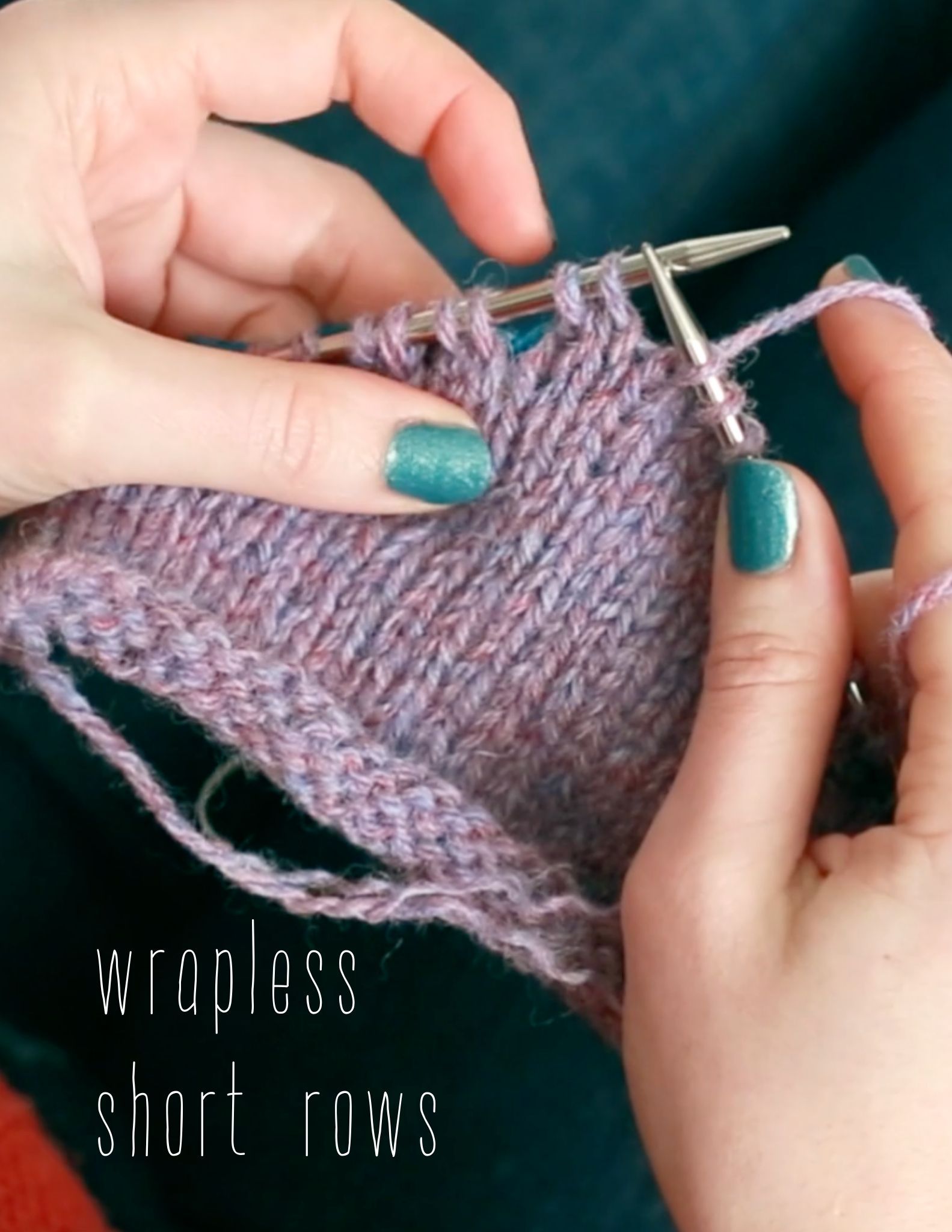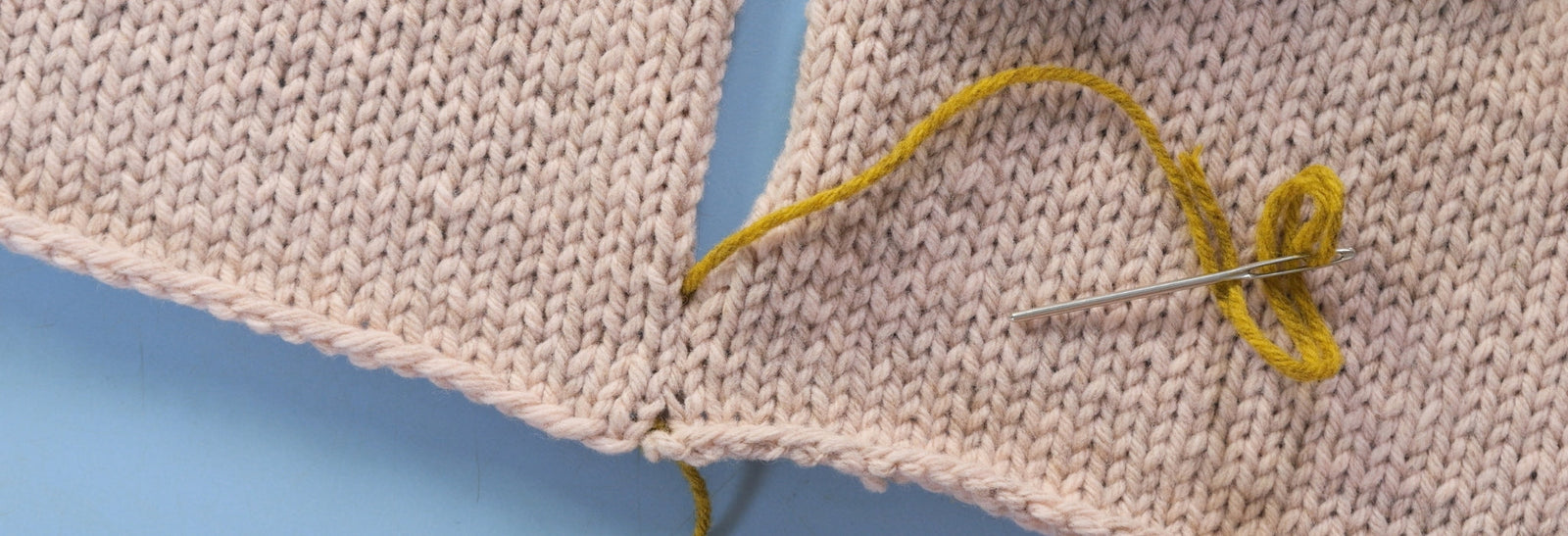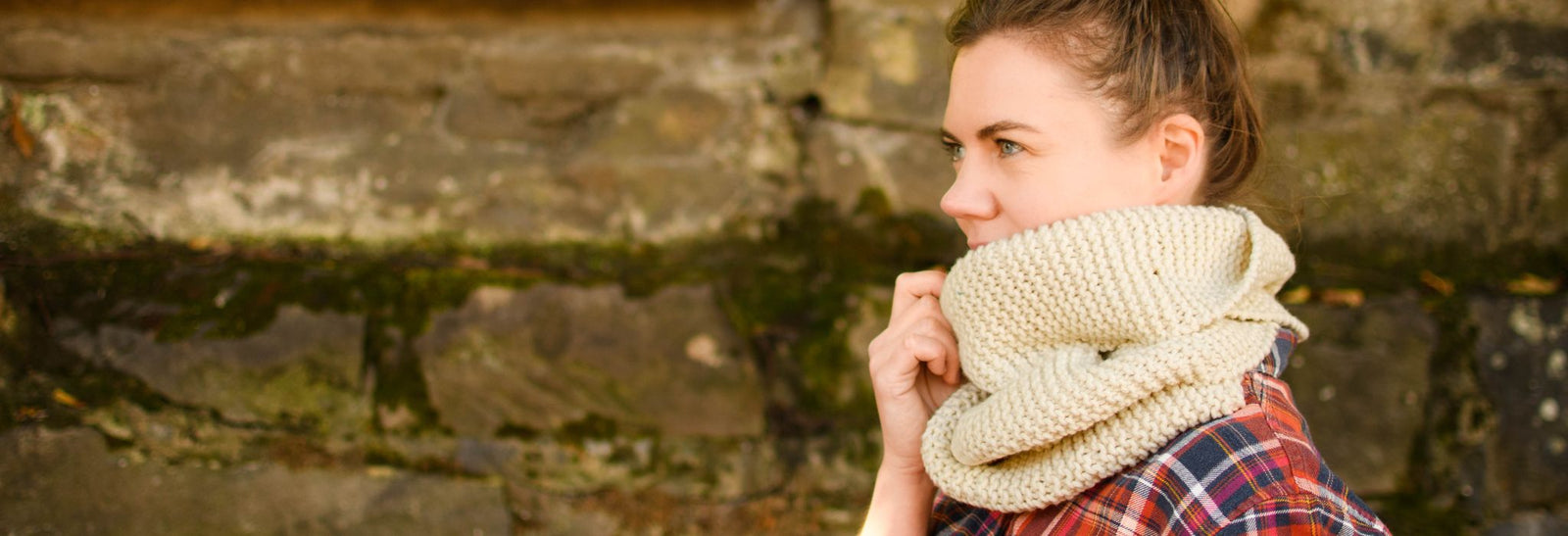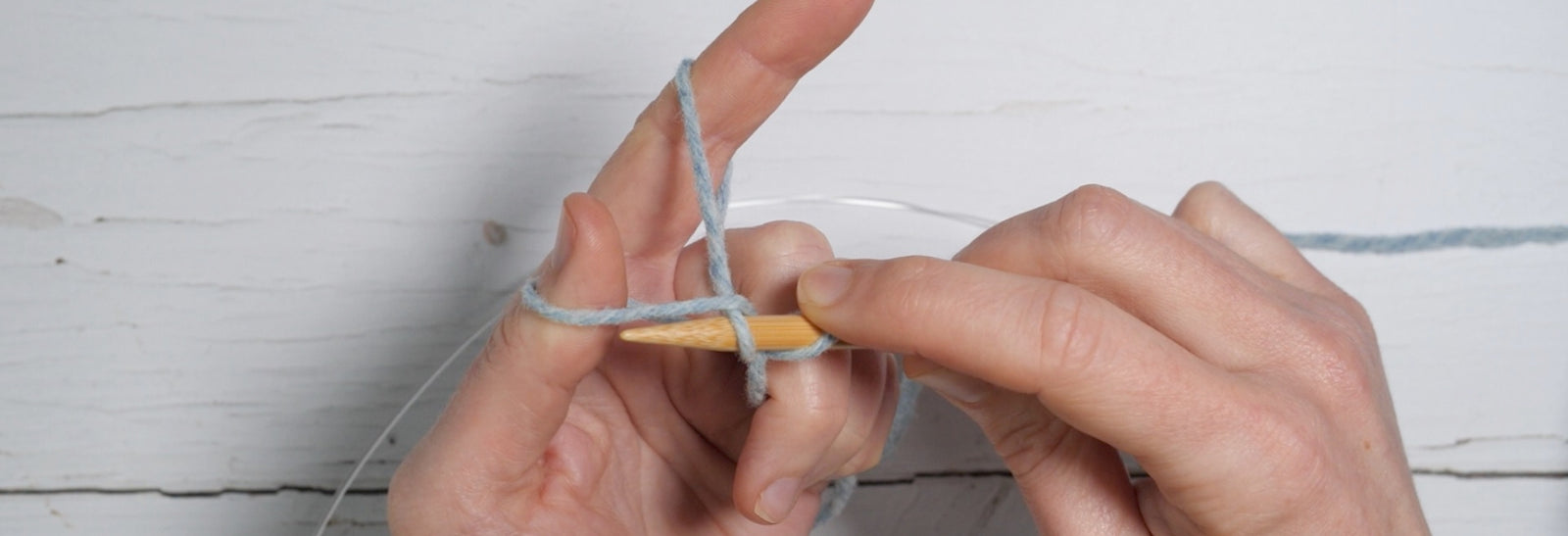Your Cart is Empty

How to knit short rows
January 23, 2014
Short rows are used to add length to certain areas within a piece of knitting and are, quite literally, partial rows worked across only some of the total stitches.
They're often used to shape the necklines of top-down yoked sweaters, to add bust darts, and slope the shoulders. Short rows can also be used in creative ways to create 3-dimensional shaping in toys and accessories.
To work a short row you'll work partway across a row (or round), then turn the work as if you were at the end of a row and work back across the stitches you just worked. The rest of the stitches will hang out on the needle without being worked.
In most stitch patterns, especially stocking stitch and patterns worked on a stocking stitch base, this will leave a hole at the turning point where the knitting suddenly jumps up 2 rows. Fortunately there are several ways to prevent this hole and achieve a smooth finished appearance.
My preferred methods are shown below: German Short rows, and Wrapless Short rows. If you're new to short rows try experimenting to see which method you like the best.
How to knit German Short rows
This easy short row technique doesn’t require any special tools or notions. If you struggle to get a neat result with wrap and turn rows you might want to try this method. You’ll learn how to create double stitches at the beginning of right and wrong side rows, and how to resolve them on both the knit and purl sides. German short rows can easily be substituted for other methods and the video covers how to substitute them in a pattern that’s written for wrap and turn short rows. If your pattern is written for wrapless, Japanese or Sunday short rows, simply work the number of stitches given in your pattern before turning.
How to knit wrapless short rows
This is my go to short row method, especially for things like sweaters. Almost all short row methods have a structurally identical result, what varies is the tension of the yarn that connects the short row to the previous row and whether any of the stitches involved end up distorted. The thing I like the most about this method is that it produces a very symmetrical result, and it’s easy to close the gaps when knitting in the round.
The video below covers preparing and closing the gap in stockinette on both knit and purl sides.
Notes
When working in the round, you’ll find you have to close one or all of the gaps that were prepared on the purl side by coming back around to them in the round so closing them is a little different. Knit around to 1 st before the gap, slip the next st knitwise, lift the loop onto the right needle and join the st and loop together with an SSK.
You can use 1 piece of scrap yarn for a wedge of short rows, just make sure you don’t pull it out of the other loops when closing the gap! You might find it easier, for that reason, to use separate pieces.
This can be done without anything holding the place of the loop, with practice you’ll find it easy to identify which loop to insert your needle into, especially in bulkier yarns.
Also in Journal

Learn to Knit: Mattress Stitch
March 29, 2023
By following our step-by-step mattress stitch knitting tutorial, you'll learn how to make your seams look beautiful and how best to prepare your knitting so that when you seam it with mattress stitch, it goes smoothly on the first try.
Read More
How to Knit a Scarf: A Beginners Guide to Scarf Knitting
March 23, 2023
Want a quick and easy beginners tutorial on how to knit a scarf? This garter stitch scarf is easy to knit and requires just 3 skills; casting on, the knit stitch and casting off.
Read More
Learn to knit: the long tail cast-on
February 03, 2022
The long tail cast on is a great multi-purpose knitting cast on and the perfect place for beginner knitters to start. Learn how to work the long tail cast on and how to estimate the length of yarn needed with our clear step by step tutorial and video.
Read More Recent Articles
- Learn to Knit: Mattress Stitch March 29, 2023
- How to Knit a Scarf: A Beginners Guide to Scarf Knitting March 23, 2023
- Learn to knit: the long tail cast-on February 03, 2022
- How to Kitchener Stitch December 09, 2021
- Crochet Provisional Cast-on December 02, 2021
- Learn to knit: How to knit in the round with double pointed needles November 25, 2021
- Learn to knit: How to knit in the round using the magic loop technique November 25, 2021
- Learn to knit: How to knit in the round November 25, 2021
- Knitted Gift Ideas for you and your loved ones November 18, 2021
- Celebrating our Porty Hat Preview Knitters October 28, 2021
Free resources
-
KALS, step-by-step pattern guides and free patterns
Learn brioche with the free Daniel's Hat pattern
Tombreck - a free chevron beanie pattern
Working the brioche neck detail on the Polwarth sweater
Basics
Casting on
Decorative Channel Island Cast-on
Binding off
3 Easy Stretchy Bind-offs (p2tog bind-off; k2togtbl, k1 bind-off; Jeny's surprisingly stretchy bind-off)
Tubular Bind-off for brioche stitch
Increasing
Paired increase methods compared
Decreasing
Brioche stitch double decreases
Knitting in the round
How to Knit in the round using Magic Loop
How to Knit in the round using DPNs
Short rows
Swatching and gauge
Tips and tricks
Avoiding ears when binding off
Tighter purl stitches for neater cables and ribbing
Cabling without a cable needle
Reading knitting patterns
Understanding "continue in pattern"
Finishing
Garment knitting
Joining the body and sleeves on a seamless bottom up sweater
Sizing
Inclusive garment knitting
How to pick a garment without a model for you (specifically addresses finding garment patterns when your gender identity isn't represented and the styles you want to knit might not be sized to fit your body)
How does ease affect inclusive size ranges?
Specific stitch patterns
Lace
Identifying and fixing mistakes in lace knitting
Colourwork
Getting started with stranded colourwork
Understanding colour dominance
Working stranded colourwork over small circumferences
Decreases in stranded colourwork
Holding the yarn for stranded colourwork
Ladderback Jacquard (a neat way to deal with long floats)
Cables
Cabling without a cable needle
Cabling without a cable needle on the wrong side
How to knit cabled decreases
Closed ring cable increases and decreasesBrioche
How to work brioche stitch in the round
Other crafts
Cross stitch
How to begin your first large cross stitch project
How to finish a cross stitch project with an embroidery hoop frame
Mending

Sign up today
Find out the latest news from the studio such as sales, pattern releases, and new workshops or KALs our learning community, The Knitwork. We also share helpful tips and exclusive subscriber discounts...

